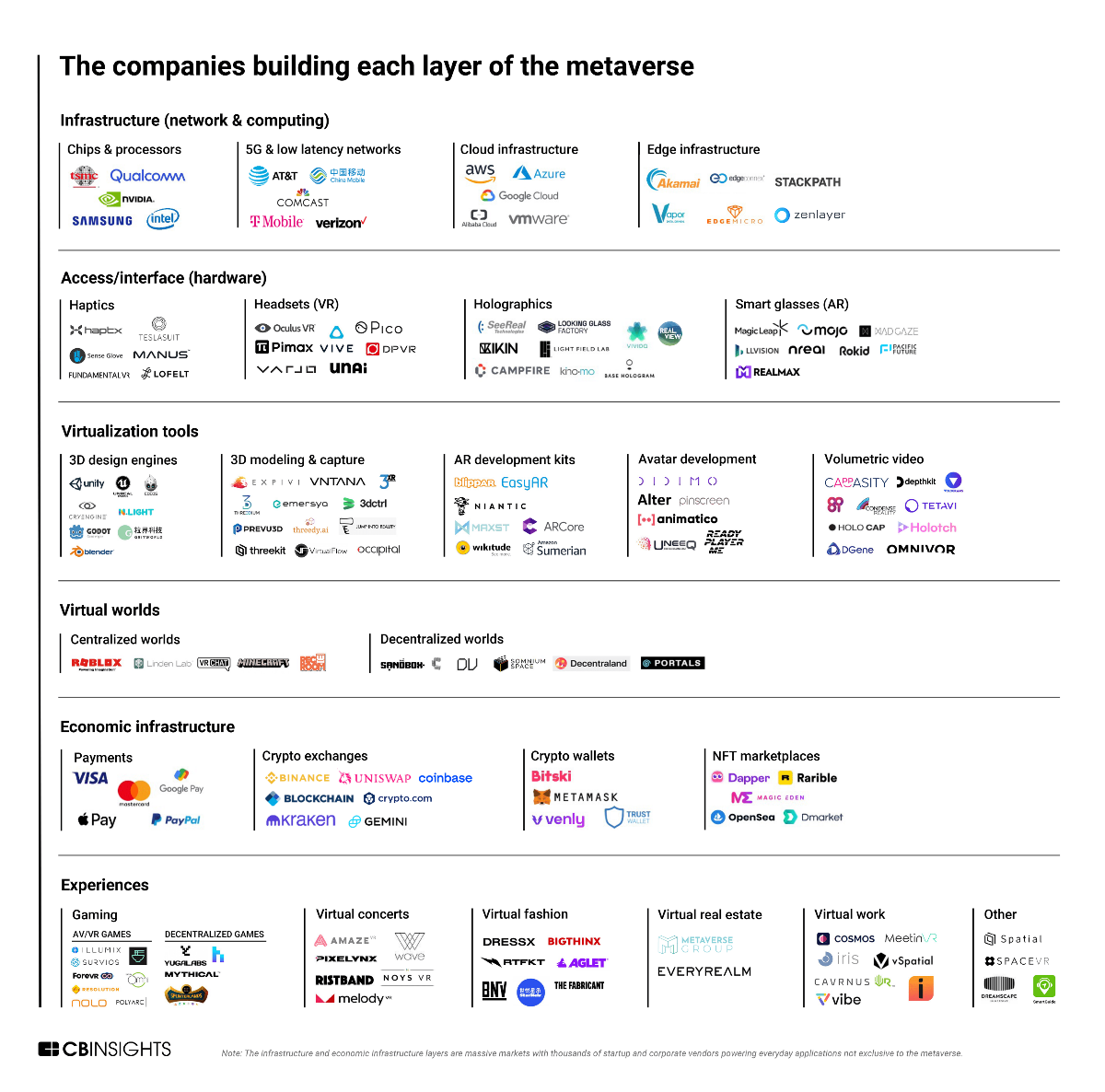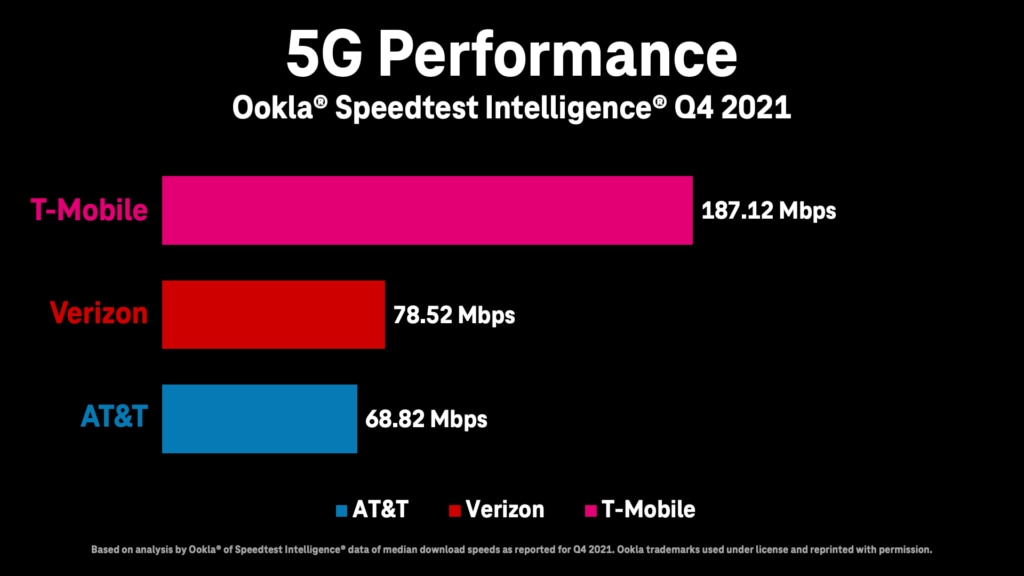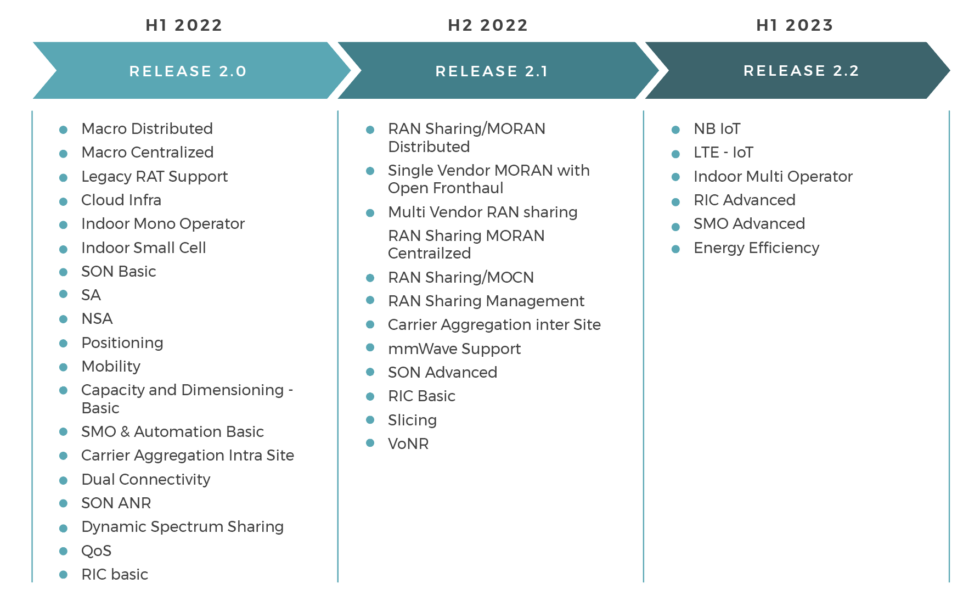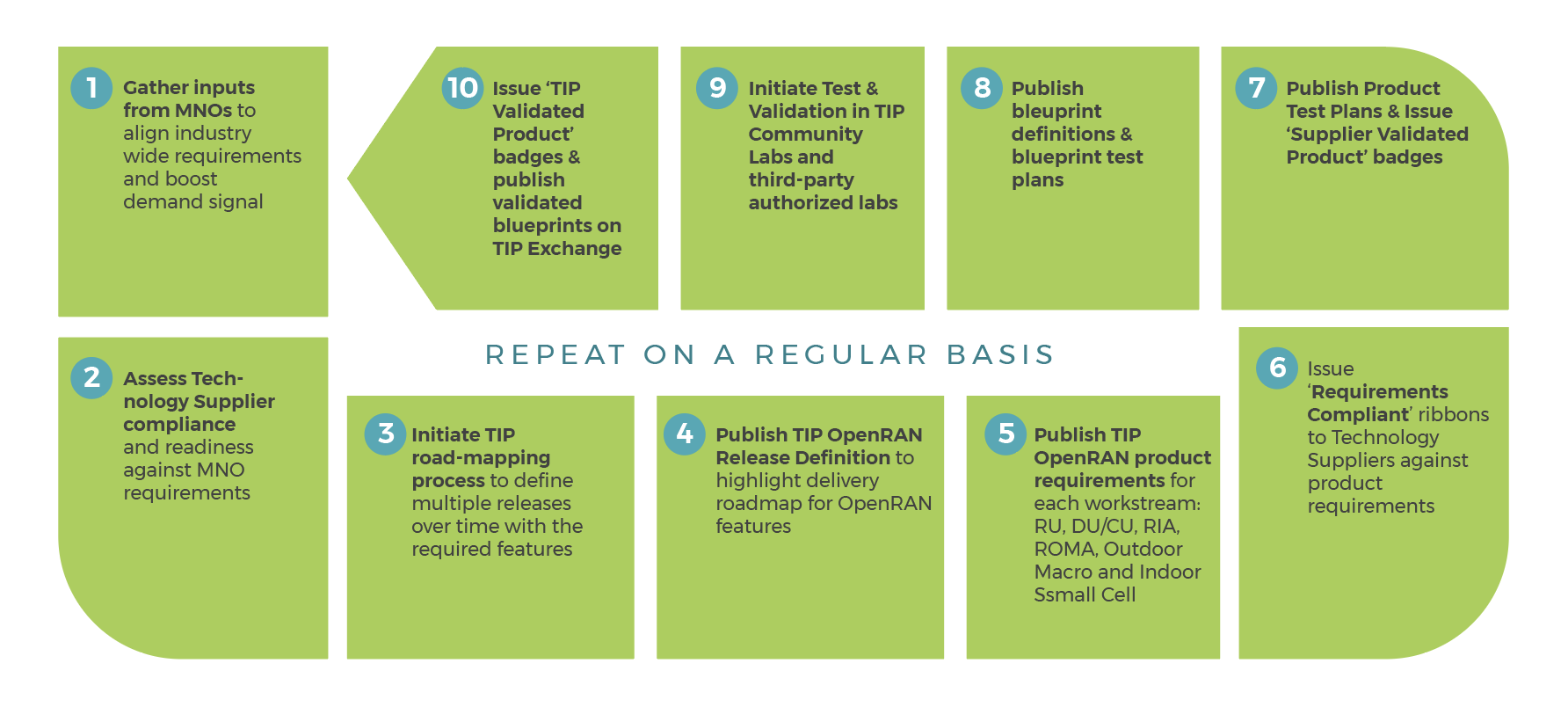Uncategorized
More KPN customers use fiber vs copper for broadband services in Nederlands
Dutch network operator KPN announced a new milestone on its fixed network: more customers are using fiber services than the old copper infrastructure for the first time. The disclosure was made in an internal announcement obtained by Telecompaper. KPN is seeing a steady increase in fiber orders in its consumer/residential market. The company said around 65% of orders are fiber and 35% for services on copper lines (DSL or POTs).
According to the Q1 Dutch Consumer Broadband report [1.], KPN had roughly the same number of residential DSL and fiber subscribers at the end of March, with just over 1.3 million lines each. While it has been adding fiber optic subscribers steadily each quarter, DSL losses remain slightly greater when including its second brand. The total consumer fixed broadband base has been flat (0% growth) over the past year.
Note 1. This Telecompaper report analyses developments in the first quarter of 2022 in the Dutch market for broadband internet access, focusing on consumer connections. The report further includes data on developments, fixed market revenues and broadband revenues. The findings are compared with results from previous periods. The analysis is based on Telecompaper’s continuous research into the development of the Dutch broadband communication services market. The focus is on cable network operators (Ziggo, Delta, Caiway), DSL providers (KPN, T-Mobile, Tele2, Online.nl, Budget Thuis) and FTTH providers (including KPN, T-Mobile, Caiway, Delta, Tele2, Online.nl, Budget Thuis).
…………………………………………………………………………………………………………………………………………………………………………………………………………………………………………………………………..
Babak Fouladi, KPN’s Chief Technology & Digital Officer and member of the Board of Management, spoke at the Telecom Insights 2022 conference in May. He said:
“Telecom networks are essential and vital, and we do not only literally ensure that the world remains connected to everything and everyone. Our networks also support massive digitization, essential in crisis situations since online access is often the only door to the outside world and contact with others. Our networks enable people to work from home, study online or continue doing business. In addition, the digital infrastructure contributes to the global economy and to keeping healthcare and education affordable. And our infrastructure makes a structural contribution to reducing CO2 emissions, the use of fossil fuels and cleaner air. Digitization is more and more important as accelerator for sustainability.”
He concluded his speech with an appeal to the Dutch telecom sector: “Let’s make the Netherlands the best connected country in the world! Let’s make it happen, together.”

References:
https://www.overons.kpn/nieuws/en/lets-make-the-netherlands-the-best-connected-country-in-the-world/
Swisscom tests 50G PON technology on a live network
State-owned network provider Swisscom has begun testing 50G PON technology in the live network of an unnamed Swiss municipality, after putting it through its paces in a laboratory in 2020 – the first telco in the world to do so, it claims. Swisscom believes 50G PON will lead to increased flexibility for its business customers, facilitating, for example, additional security features.
Swisscom claims that “50G-PON will lead to a new kind of flexibility in high-speed connectivity, chiefly for business customers, paving the way for additional security service features or connection service attributes. For example, the technology significantly reduces latency compared to today’s standards, and guaranteed transmission speeds can be defined by network slicing (NOTE: network slicing requires a 5G SA Core network and is not intended for fiber optics networks). These are just a few examples that, thanks to 50G-PON, can be included in considerations for new products and services aligned to business customer requirements in the coming years.”
Swisscom plans to introduce the technology by 2025 at the latest. PON technologies can be used in both point-to-point and point-to-multipoint networks. The passive splitter is placed in a point-to-point network rather than in the cable conduit at the control center.

References:
https://www.swisscom.ch/en/about/news/2022/07/11-neuster-glasfasertechnologie.html
https://www.swisscom.ch/en/about/network.html
Review of SideTrak Solo 17.3 inch portable monitor
This SideTrak Solo portable 17.3 inch monitor works great!
It was easy to set-up via Windows 10 laptop- plugged in HDMI cable for the audio/video and USB cable for power feeding from PC to monitor. Then changed Display settings to dual display from mirrored display in order to get 2 separate screens.
After set-up, you can drag a webpage from 1 screen to another which is very useful if you are doing research work or want to watch a video on 1 screen while working on the other screen.
The image clarity is better than on my new ACER laptop which was a pleasant surprise. You can adjust the volume UP or DOWN via the top & bottom buttons on the lower right side of the display. The stand is very stable so it’s easy to move the monitor.
Because it’s portable, you can take it along with your laptop to do work or watch videos away from home/on the road.
All in all, I’m very satisfied with this product!
References:
CB Insights: The Metaverse Explained & Companies Making it Happen
The metaverse could be tech’s next trillion-dollar opportunity, according to Mark Zuckerberg of Facebook/Meta Platforms. The business world is obsessed with “the metaverse”: the concept of shared worlds driven by virtual products and digital experiences that are highly immersive and interactive.
We already have virtual worlds featuring live concerts and online games where players spend hundreds of hours — but metaverse enthusiasts see a future where entire societies thrive in an online realm inhabited by avatars of real people.
While the space is still in early days, the longer-term implications may not be trivial. Some users — especially younger ones — may eventually earn, spend, and invest most of their money in digital worlds. The metaverse could represent a $1T market by the end of the decade, according to CB Insights’ Industry Analyst Consensus.
The metaverse is a vision, not a specific technology. For enterprises, this ambiguity can make it challenging to figure out how to tap into the emerging trends the metaverse represents. Below are the companies making it a reality: 
The metaverse requires compute and processing infrastructure that can support both big data flows and low latency. Tech emerging within categories such as chips & processors, 5G, cloud infrastructure, and edge infrastructure, will prove vital to creating a seamless, lag-free experience in the metaverse.
Chips & processors: Advancements in this space will support the intense computing and processing requirements of metaverse applications.
New metaverse-focused hardware — e.g., virtual reality (VR) headsets and augmented reality (AR) glasses — is being designed to support intense workloads related to high-fidelity graphics and artificial intelligence (AI) on smaller, lightweight devices. Qualcomm chips stand out in this arena — the tech giant claims its Snapdragon chips have been used in over 50 AR/VR devices, including popular VR headsets like Meta’s Oculus and HTC Vive. Qualcomm also recently announced the launch of its $100M Snapdragon Metaverse Fund, which will invest in the extended reality (XR) space.
Additionally, Intel claims that the metaverse will necessitate a 1000x increase in computational efficiency, including advancements in 5G and hybrid edge-cloud infrastructures. That said, new chips will also be required to power these critical low latency computing networks. In February 2022, the semiconductor company released details on new chips that will support high-power data centers and 5G networks.
5G & low latency networks: 5G wireless tech will power high-resolution metaverse applications — such as immersive worlds or gaming — by supporting reliable, flexible, and low latency networks for connected devices.
As of 2022, each of the leading telecom companies in the US offers a 5G network. Some are experimenting with 5G in gaming and AR/VR. For example, in April 2021, Verizon partnered with VR startup Dreamscape Immersive to build immersive learning and training applications on Verizon’s 5G network. Three months later, AT&T partnered with Meta’s Reality Labs to show how 5G could be utilized to generate more seamless augmented reality experiences.
Cloud infrastructure: Cloud infrastructure will enable metaverse companies, especially those hosting virtual worlds and experiences, to store and parse through the vast amounts of data they generate.
In 2018, Epic Games‘ Fortnite generated 5 petabytes of data per month (that’s equivalent to 2.5T pages of standard text). In order to store and make sense of this data, Fortnite runs almost entirely on Amazon Web Services (AWS), where it uses cloud computing to aggregate and analyze information from its otherwise unwieldy data stream.
Advancements in this space will also help people access the metaverse on devices that lack sufficient processing power for applications like high-res graphics and AI — cloud computing allows experiences to be processed on a remote server and then streamed to a device, such as a PC, VR headset, or phone. While this back-and-forth communication with an external server can lag, related developments in edge computing and 5G will help to reduce latency.
Edge infrastructure: Edge computing will be used for metaverse applications that depend on real-time responses, such as AR/VR and gaming.
Edge computing enables data from low-power devices to be processed closer to where it is created — i.e., at “the edge.” This can be particularly helpful when it comes to situations that require information to be processed in real time — such as utilizing hand-tracking sensors on a VR headset or processing commands during competitive gaming. In fact, edge infrastructure companies like Stackpath and Zenlayer list gaming and virtual reality among their main focus areas.
Edge processing is heavily interrelated with cloud computing. While cloud infrastructure handles workloads that do not require minimal latency, such as loading out-of-sight objects in a game, edge infrastructure handles inputs that need a very quick response, like player movements. Some companies develop blended offerings. For example, Akamai offers edge-cloud hybrid services to a number of high-profile gaming companies, including Roblox and unicorn Riot Games.
Access/interface (hardware)
This layer includes hardware devices that allow people to experience the metaverse. While this category encompasses connected devices like mobile phones, PCs, and gaming consoles, it is predominantly centered around emerging technologies designed to enhance immersion in a virtual setting.
Haptics: Haptic startups are developing technology to bring the sense of touch into virtual worlds.
Some startups, such as HaptX and Sense Glove, are developing gloves that grant virtual objects tangibility. Bridging micro-vibrations, pneumatic systems for force resistance, and motion tracking, this technology can give the impression that digital objects have texture, stiffness, and weight.
In the future, haptic technology may extend well beyond a person’s hands. Scotland-based Teslasuit is developing complete bodysuits to provide whole-body haptic feedback and climate control in virtual environments.
Headsets (VR): These companies are developing VR goggles — currently considered the main entry point to metaverse applications. These devices provide visual and audio content to users to immerse them in a digital setting.
One of the most popular VR headsets is Meta’s Oculus, which saw a surge in consumer interest during the 2021 holiday season.
Startups have followed suit. Varjo, for example, uses lidar and computer vision to bring depth perception, eye-tracking, and hand-tracking to its VR headsets.
Holographics: These companies use light diffraction technology to project 3D objects into physical spaces. These holograms, like augmented reality, bring digital experiences into the physical world.
While holographic technology is still in its early stages, it has the potential to be applied to a wide range of use cases, from hologram-led set design and performances to product design and medicine. Base Hologram is using the tech to bring popular artists like Whitney Houston and Buddy Holly back to the stage, while Israel-based RealView Imaging renders holograms of a patient’s internal organs to help with surgical planning.
The technology has a long way to go before it sees widespread success, but companies currently working in the space have given us an idea of what to expect down the road.
Smart glasses (AR): Companies here are developing glasses or contact lenses with AR capabilities.
While not all applications of AR glasses are directly related to the metaverse — for example, AR tools designed exclusively to help engineers fix refrigerators do not revolve around shared experiences — the companies featured in this category are setting the foundation for a bridge between physical and virtual worlds.
As AR gains popularity, particularly for social purposes, the tech will evolve into a tool that more effectively blends virtual and real-world elements — such as interacting with someone’s metaverse avatar at an event — further blurring the line between consumers’ online and offline identities.
Currently, China-based Nreal is developing AR glasses equipped with web browsing and video streaming capabilities for the everyday consumer. Others, like Magic Leap, are developing AR headsets for enterprise use cases.
5G Emerge: ESA & European Broadcast Union agreement for satellite enabled 5G media market
Recently, the European Space Agency (ESA) announced that it will seek to boost the satellite-enabled 5G media market. The ESA signed an agreement to work with the European Broadcast Union – an alliance of public service media organizations – that will enable Europe to gain a lead in media content delivery as well as maintaining its technical autonomy.
The agreement – called 5G Emerge – is a partnership between ESA and the European Broadcast Union, plus 20 companies from Italy, Luxembourg, the Netherlands, Norway, Sweden and Switzerland. Under the agreement, the partners will define, develop and validate an integrated satellite and terrestrial system which will leverage on the structural advantages of satellite-based infrastructures combined with the flexibility of 5G and beyond 5G technologies to reach anyone, anywhere.
The media industry has been quick to embrace 5G technologies, which offer ultra-high-quality videos as well as extra fast games with very low lag times. Telecommunications satellites will play a crucial role in enabling the seamless and ubiquitous connectivity on which 5G and 6G networks rely.
Under the 5G Emerge agreement, the partners will define, develop and validate an integrated satellite and terrestrial system based on open standards [1.] to efficiently deliver high-quality content distribution services. The system will leverage on the structural advantages of satellite-base infrastructures combined with the flexibility of 5G and beyond 5G technologies to reach anyone and anywhere.
Note 1. There are no ITU-R standard or 3GPP approved specs on 5G Satellite RANs- only terrestrial.
The agreement was signed between Antonio Arcidiacono, Director of Technology and Innovation at the European Broadcast Union, Jean-Pierre Choffray of satellite operator SES, Matteo Ainardi of consultants Arthur D Little and Elodie Viau, Director of Telecommunications and Integrated Applications at ESA.
Antonio Arcidiacono said: “Together we will build a solution that combines all satellite and terrestrial IP-based network infrastructures, guaranteeing sustainability and quality of service. It also guarantees that the network will cover 100% of the population, no matter where they are located. This is a critical requirement for public service media organisations.”
Elodie Viau said: “It is crucial for Europe to protect and enhance its autonomy when it comes to media and communications infrastructure. The 5G-Emerge project will support the digital transformation of European society, enabling new applications and services.”
References:
T-Mobile US achieves speeds over 3 Gbps using 5G Carrier Aggregation on its 5G SA network
T-Mobile US said it was able to aggregate three channels of mid-band 5G spectrum, reaching speeds over 3 Gbps on its standalone 5G network. It’s the first time the test has ever been done with a commercial device, here the Samsung Galaxy S22 powered by Snapdragon 8 Gen 1 Mobile Platform with Snapdragon X65 Modem-RF System), on a live production network, the company said.
5G Carrier Aggregation (New Radio or NR CA) allows T-Mobile to combine multiple 5G channels (or carriers) to deliver greater speed and performance. In this test, the carrier merged three 5G channels – two channels of 2.5 GHz Ultra Capacity 5G and one channel of 1900 MHz spectrum – creating an effective 210 MHz 5G channel.
The achievement is only possible with standalone 5G architecture (SA) and is just the latest in a series of important SA 5G milestones for T-Mobile. The carrier said it was the first in the world to launch a nationwide SA 5G network nearly two years ago. The carrier began lighting up Voice over 5G (VoNR) this month so that all services can run on 5G. By removing the need for an underlying LTE network and 4G core, 5G will be able to reach its true future potential with incredibly fast speeds, real-time responsiveness and massive connectivity, the company mentioned.
NR CA is live in parts of T-Mobile’s network today, combining two 2.5 GHz 5G channels for greater speeds, performance and capacity. Customers with the Samsung Galaxy S22 will be among the first to experience a third 1900 MHz 5G channel later this year. This functionality will expand across the carrier’s network and to additional devices in the near future.
T-Mobile US was the first in the world to launch a nationwide SA 5G network nearly two years ago and has been driving toward a true 5G-only experience for customers ever since. Just this month the Un-carrier began deploying Voice over 5G (VoNR) so ALLvoice services can run on 5G. By removing the need for an underlying 4G LTE network and 4G core, 5G will be able to reach its true future potential with incredibly fast speeds, real-time responsiveness and massive connectivity. The carrier’s 5G network covers 315 million people across 1.8 million square miles. 225 million people nationwide are covered with super-fast Ultra Capacity 5G, and T-Mobile expects to cover 260 million in 2022 and 300 million next year. It also has the fastest 5G network, according to Ookla speed tests in Q4 2021:

Note that neither Verizon or AT&T have deployed 5G SA core networks with no future dates specified.
References:
AT&T CFO sees inflation as main threat, but profits and margins to expand in 2nd half 2022
At the Credit Suisse Communications Conference on Tuesday, AT&T CFO Pascal Desroches said Tuesday that inflation is the issue he is most concerned about, and one that he expects to continue “for the foreseeable future. It’s hard for me to envision that that’s not going to impact the consumer negatively,” Desroches said. “And that we and some others will see some pressure,” he added.
AT&T has already raised prices on some mobile service plans in order to combat the impacts of inflation. The CFO’s comments were made mere weeks after the telecom giant increased the pricing for certain older single-line individual plans by $6 per month or $12 a month for family plans.
Yet Desroches said the company may review its pricing again. AT&T is seeing the impacts of inflation across labor, supplies, energy and transport. Nonetheless, AT&T is expecting to see profit margins expand during the course of the second half of the year, as well as improved profit trends, Desroches added.
Desroches reiterated that AT&T has taken a disciplined approach to growth and investment and made the following points:
- The company continues to grow customer relationships in its strategic focus areas of 5G and fiber. Desroches said the company continues to see healthy consumer demand even with continued expectations that 2022 postpaid wireless industry demand is unlikely to replicate 2021 levels. AT&T continues to successfully attract high-value customers with its consistent, simple go-to-market strategy.
- Desroches remains comfortable that the company can deliver improving postpaid phone ARPU trends in 2022. He noted that postpaid phone ARPU could in fact edge up sequentially in the second quarter.
- Desroches also reiterated expectations for gradual improvement in year-over-year mobility EBITDA trends through the course of 2022. Following a more pronounced impact in the second quarter, the revenue and EBITDA impacts of the previously announced 3G network shutdown and the absence of approximately $100 million in CAF II and FirstNet related reimbursements are expected to be more than mitigated in the back half of year by organic service revenue growth and the lapping of 3G shutdown costs comparisons in the second half of 2021.
- AT&T’s fiber build progress continues with expectations to achieve 30+ million customer locations by 2025. Desroches noted that AT&T is acquiring new customers and seeing strong penetration rates thanks to a straightforward go-to-market approach.
- Desroches shared that the company continues to work with state and local government municipalities across the country to provide affordable broadband connectivity to low-income customers through the Affordable Connectivity Program. Over time, the company believes these efforts can help provide internet for all Americans and expand the total addressable market for broadband access. Additionally, Desroches indicated that any federal funding in support of the company’s fiber buildout would be deployed to expand its network to additional customer locations, representing potential upside above AT&T’s existing guidance.
- AT&T continues to work through its business wireline portfolio rationalization process and focus its efforts on core transport and connectivity solutions. Desroches noted that the company has yet to see a recovery in government sector demand trends which impacted the business during the first quarter.
- With regard to the macroeconomic environment, Desroches said that the company considered a higher-than-typical level of inflation when setting 2022 budget. The company’s recent pricing increases were a response to higher-than-expected inflation trends. Additionally, the company has opportunities to address the impacts of inflation with its ongoing cost savings initiative, which is expected to reach a run rate of $4+ billion by the end of this year.
- Desroches stated the company feels good about its financial flexibility, does not plan to issue any debt in the near-term and remains focused on its goal of achieving a net debt-to-adjusted EBITDA ratio in the 2.5x range by the end of 2023.
References:
https://about.att.com/story/2022/pascal-desroches-webcast-summary-june-14.html
https://www.barrons.com/articles/att-prices-inflation-51655220258
New broadcast TV standard ATSC 3.0 “Next Gen TV” to cover 82% of U.S. households by end of 2022
Pearl TV, a consortium of U.S. broadcasters operating more than 820 TV stations, said that it is making progress with hardware and software that wants to accelerate the rollout and adoption of ATSC 3.0, the new broadcast TV signaling standard that’s been branded as “NextGen TV.” ATSC 3.0 has been in the works for many years, but only now seems to be gaining a wide following.
Pearl TV has collaborated with Taiwan wireless telecom semiconductor company MediaTek on a reference design for smart TVs and other devices that support the new standard. On the software front, the consortium has formally introduced RUN3TV, a web-based platform that enables broadcasters to deliver interactive and on-demand apps and services over ATSC 3.0.
The new IP-based standard – which supports 4K video, enhanced audio and interactive apps – are expected to take center stage. Pearl TV’s members include Cox Media Group, the E.W. Scripps Company, Graham Media Group, Hearst Television, Nexstar Media Group, Gray Television, Sinclair Broadcast Group and Tegna.
Sinclair Broadcast Group and USSI Global said they will partner to offer the nation’s first commercial datacasting service using the NextGen Broadcast standard (ATSC 3.0). The pilot program will deliver local content, advertising, and data files to the rapidly growing Electric Vehicle Charging station market.
The ATSC 3.0 reference design – billed as the “FastTrack to NextGen TV” platform – includes a TV system-on-chip (SoC), ATSC 3.0 demodulators and a software stack. It will be pre-certified for compliance with the Consumer Technology Association’s (CTA’s) NextGen TV logo requirements, A3SA security (which uses IP-based encryption protocols, device certificates and rights management technology) and the RUN3TV application platform.
It’s hoped that the ATSC 3.0 reference design will open up the market for lower-cost ASTC 3.0-based TVs and drive more volume into the NextGen TV ecosystem. MediaTek already provides TV SoCs to about 90% of all TV brands, according to Pearl TV and MediaTek. The program stems from a partnership between them announced in January 2022. CTA expects NextGen TV sales to double this year, rise by 75% in 2023 and then double again in 2024.
About 70 TV models from Samsung, Sony and LG Electronics support ASTC 3.0 today, with Hisense on deck to build sets that utilize the new standard. More than 100 TV models are expected to support ATSC 3.0 by later this year, Anne Schelle, managing director of Pearl TV, recently told Light Reading.
The official launch of RUN3TV brings to market a web platform that supports interactive apps delivered via ATSC 3.0, such as targeted advertising, weather widgets, live sports scores, TV-based commerce and enhanced emergency alerts. It is arriving on the scene as the deployment of the new standard reaches about 60 markets.
Pearl TV is launching the RUN3TV platform through a subsidiary, ATSC 3.0 Framework Alliance LLC, with development partners that include Kineton, MadHive, IBM Weather, Freewheel (the Comcast-owned ad-tech company) and Google. Gray Television.
The E.W. Scripps Company, Graham Media, Tegna, Hearst and Howard University’s WHUT are among the platform’s early adopters.

“With NextGen TV and RUN3TV, broadcasters can now bring the OTA environment into the digital world,” Schelle said in a statement.
The reference design and interactive platform are coming together amid an ongoing expansion of ATSC 3.0. It’s expected that NextGen TV will cover about 82% of all U.S. households by the end of 2022. Large markets set for launches later this year include Boston, New York, Philadelphia, Chicago and Miami.
References:
Cincinnati Bell rebrands as Altafiber after takeover by Macquarie Infrastructure
Consistent with the strong fiber build-out megatrend, Cincinnati Bell [1.] said it will now be doing business in Ohio, Kentucky and Indiana under the new Altafiber brand. With its takeover by Macquarie Infrastructure now complete, the company will continue to put attention on expanding its geographic reach and investing into its broadband network. Cincinnati Bell will transition to the Altafiber brand over the next 6-9 months. The change will not impact Hawaiian Telcom and the IT services business, branded as CBTS.
Note 1. Cincinnati Bell was founded in 1873 as the City and Suburban Telegraph Association and later called the Cincinnati and Suburban Bell Telephone Company starting in 1903.
“The investment in fiber, our geographic expansion, and our partnership with Macquarie mark a clear inflection point for the company. And it’s all incredibly exciting and positive for our employees and for the communities and customers that we serve,” said Leigh Fox, President and CEO of altafiber.
“The word ‘alta’ is rooted in a word that means elevated, and that’s what altafiber is doing: We’re providing an elevated connection through fiber and raising the standard of service to our customers and the communities,” the company said. Cincinnati Bell said the new Altafiber brand and mission statement embodies the company’s tagline, “Connecting What Matters,” while capturing its transformation into a fiber optic based carrier positioned to support customers over the next 150 years.
As the leading supplier of fibre services in Greater Cincinnati, Altafiber has invested over USD 1 billion into the fiber optic network and now offers Fiber-to-the-Premises (FTTP) connectivity to 60 percent of all locations in the area. The idea is to provide the services to all of the addresses in the area over the next fibre years.
Altafiber will also bring fiber beyond its traditional operating area through partnerships with Greene County in Ohio, and City of Greendale, Indiana. Altafiber has established a regional headquarter in the Dayton market, including a retail store and business office in the city.
Fox noted that the he company’s commitment to the community, its customers, and leadership continues:
• Commitment to the community. altafiber and its employees will continue to support community initiatives – particularly those that provide increased access to education, employment, and healthcare opportunities – and increase investments into sustainability, safety, and diversity and inclusion initiatives.
•Commitment to customers. altafiber will continue to provide customers with the same great service they have come to expect from the company.
• Leadership. The current executive team will continue to lead the company. altafiber will also honor its legacy through the recently launched “Bell Charitable Foundation,” an exciting new platform for corporate giving that will allow the company to more strategically support
organizations that are focused on Economic, Environmental, Social, Technology, and Health & Wellbeing initiatives.
“We are proud of the Cincinnati Bell name, and it will always be a part of our history,” said Fox. “We are still the local hometown company, with 2,000 employees across Greater Cincinnati who are dedicated to connecting our customers with what matters most through technology for the next 150 years,” Fox said.
About altafiber:
Cincinnati Bell is now doing business as “altafiber” in Ohio, Kentucky, and Indiana. The Company delivers integrated communications solutions to residential and business customers over its fiber-optic network including high-speed internet, video, voice and data. The Company also provides service in Hawai’i under the brand Hawaiian Telcom. In addition, the Company’s enterprise customers across the United States and Canada rely on CBTS and OnX, wholly-owned subsidiaries, for efficient, scalable office communications systems and end-to-end IT solutions.
References:
https://info.cincinnatibell.com/altafiber
https://www.telecompaper.com/news/cincinnati-bell-rebrands-to-altafiber–1416259
TIP OpenRAN Release 2 Roadmap Published along with Release Schedule
The Telecom Infra Project (TIP) OpenRAN Project Group [1.] has just published its Release 2 Roadmap after conducting a thorough industry review with input from both the supply and the demand sides – including some of the world’s largest network operators. T-Mobile USA, Orange, Bharti Airtel, and Vodafone were authors and contributors.
Note 1. TIP’s OpenRAN Project Group (OpenRAN PG) is focused on scaling up productization of Open RAN technology driven by an ecosystem of technology suppliers, including hardware and software vendors, along with system integrators and service providers. The overarching goal of the OpenRAN PG is to streamline the industry’s efforts on OpenRAN development and to accelerate OpenRAN adoption.
The OpenRAN PG activities include, but are not limited to:
- Gathering and consolidation of prioritized technology requirements for MNOs.
- Identification and engagement with vendors that will deliver the various hardware and software components for OpenRAN solutions that meet harmonized MNO requirements.
- Publishing an OpenRAN Release Definition document mapping the prioritized features to a roadmap of releases.
- Creation of the resulting harmonized OpenRAN Product Requirements documents and definition of Product Test Plans utilized in the Test & Validation framework within TIP.
- Definition of OpenRAN Product Blueprint documents and Blueprint Test Plans utilizing the Test and Validation framework within TIP.
……………………………………………………………………………………………………………………………………………………………………..
The Roadmap document provides a foundational framework for ecosystem alignment – harmonizing the prioritized network operator requirements, including the five European Open RAN MoU signatories, with vendor’s product readiness. You can read the full document here.
Last June, TIP published the ‘Open RAN Technical Priorities Document’ – a comprehensive list of technical requirements that the signatories of the Open RAN MoU Group (Deutsche Telekom, Orange, Telefónica, TIM and Vodafone) considered priorities for Open RAN architecture. Building on that work, the TIP OpenRAN Project Group invited community participants to provide feedback, resulting in over 40 ecosystem responses.
The Roadmap release approach (shown below) enables the execution of the Project Group activities more efficiently, while also providing a path to commercialization via TIP’s Test and Validation framework, delivering on product requirements, blueprint definitions and associated test plans.
TIP Open RAN Roadmap Release Schedule:


The TIP OpenRAN Project Group will continue to advance the requirements gathering and road-mapping process with a regular cadence. As part of the framework, the requirement contribution window will open for MNOs for subsequent minor releases R2.1, R2.2, and so on. The requirements input from MNOs will be harmonized into requirements documents and assessed for compliance and readiness with the technology suppliers.
The TIP OpenRAN Project Group is focused on scaling up productization of OpenRAN technology driven by an ecosystem of technology suppliers, system integrators and service providers. The Project Group aims to streamline the industry’s efforts on OpenRAN development and accelerates OpenRAN adoption.
In addition to publishing the overall roadmap, TIP is also publishing Release 2 roadmaps and Technical Requirements Documents 2.0 for the RU, DU/CU, RIA and ROMA OpenRAN PG subgroups. These will form the basis for issuing ribbons and badges to vendor products – once they have progressed through TIP’s Test and Validation framework – with their subsequent listing on TIP Exchange.
References:
TIP OpenRAN project: New 5G Private Networks and ROMA subgroups
TIP OpenRAN and O-RAN Alliance liaison and collaboration for Open Radio Access Networks



